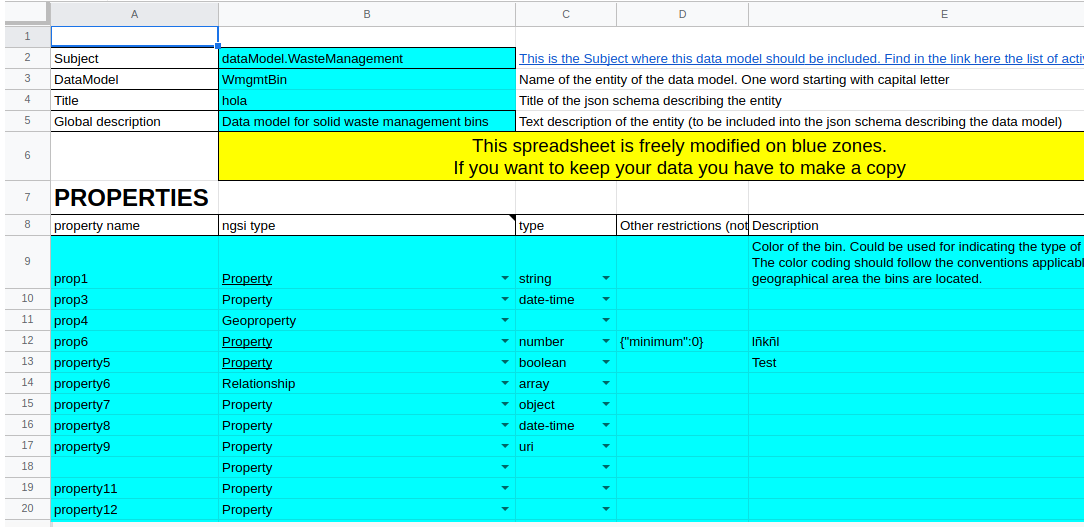
These differences make the image search process a lot more interesting, and as a result, the word becomes a lot more interesting.

You’ll almost always find some differences between your expectations and what you actually see. If you’re actually learning a word like chien, rather than a more complex sentence, I strongly suggest you search in French.

Use simple searches like these to provide pictures for fill-in-the-blank sentences, like this one: You can right click (Mac: Ctrl-click) on any of the images, copy them, and paste them into your flashcards in Anki without much trouble. Search for “dog,” and you’ll find a bunch of pictures of dogs. The first way you can use Google Images is as it was intended – as an image search engine.

There are three basic ways you can use it: The Default Version (for images), the Basic Version (for captioned images), and the basic version embedded into Google Translate (for awesome captioned images). Google Images is a wonderful resource for vocabulary and grammar study.


 0 kommentar(er)
0 kommentar(er)
